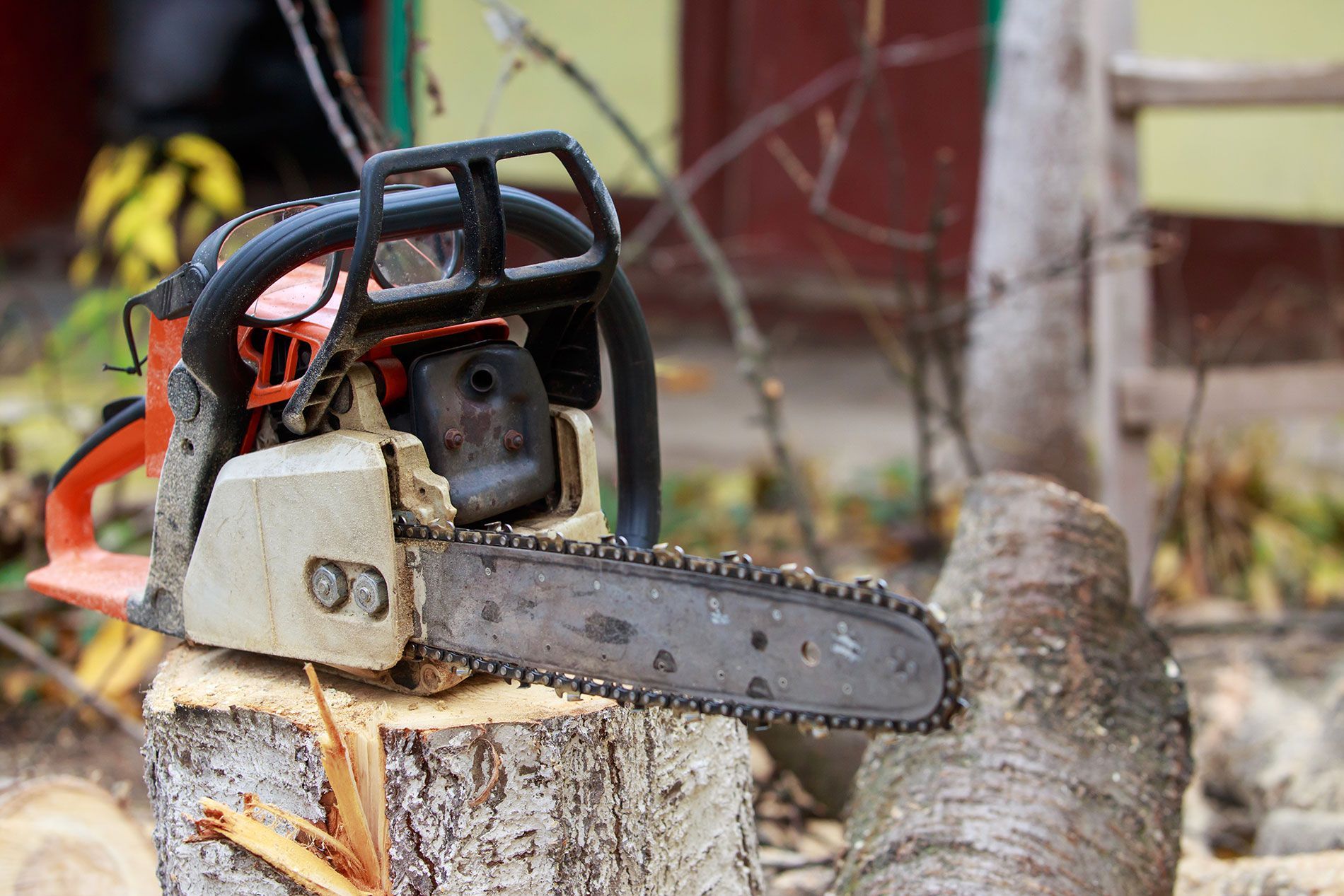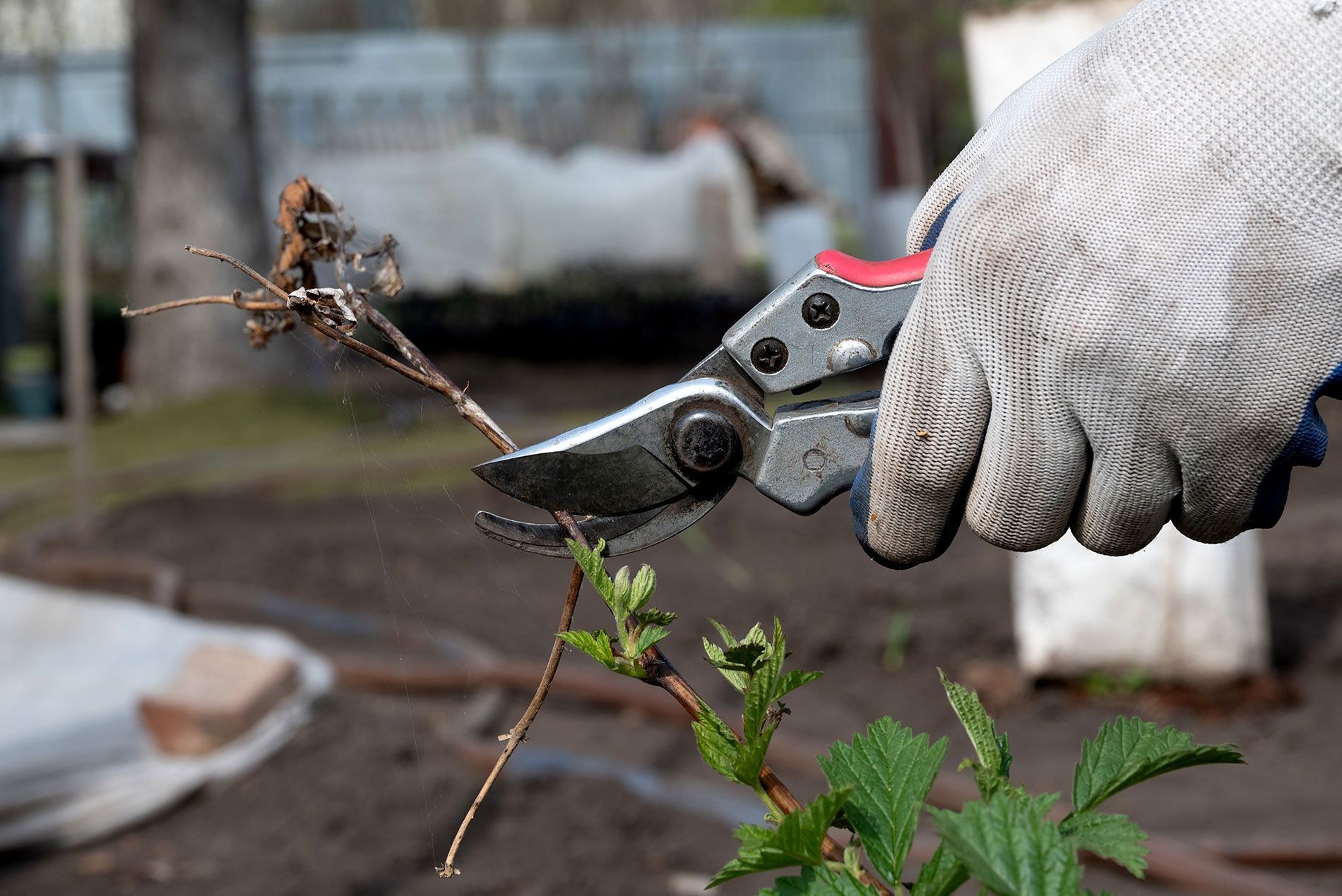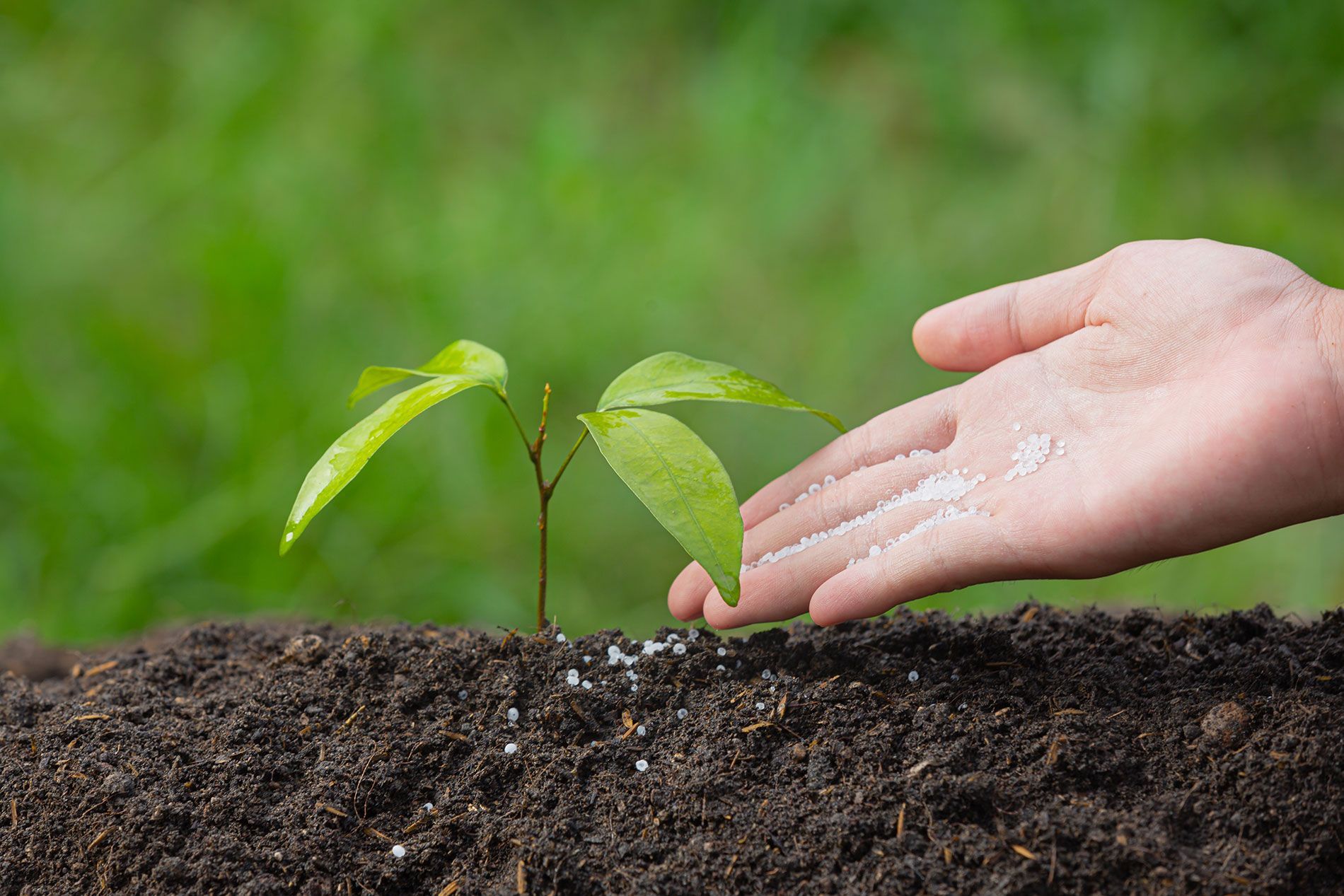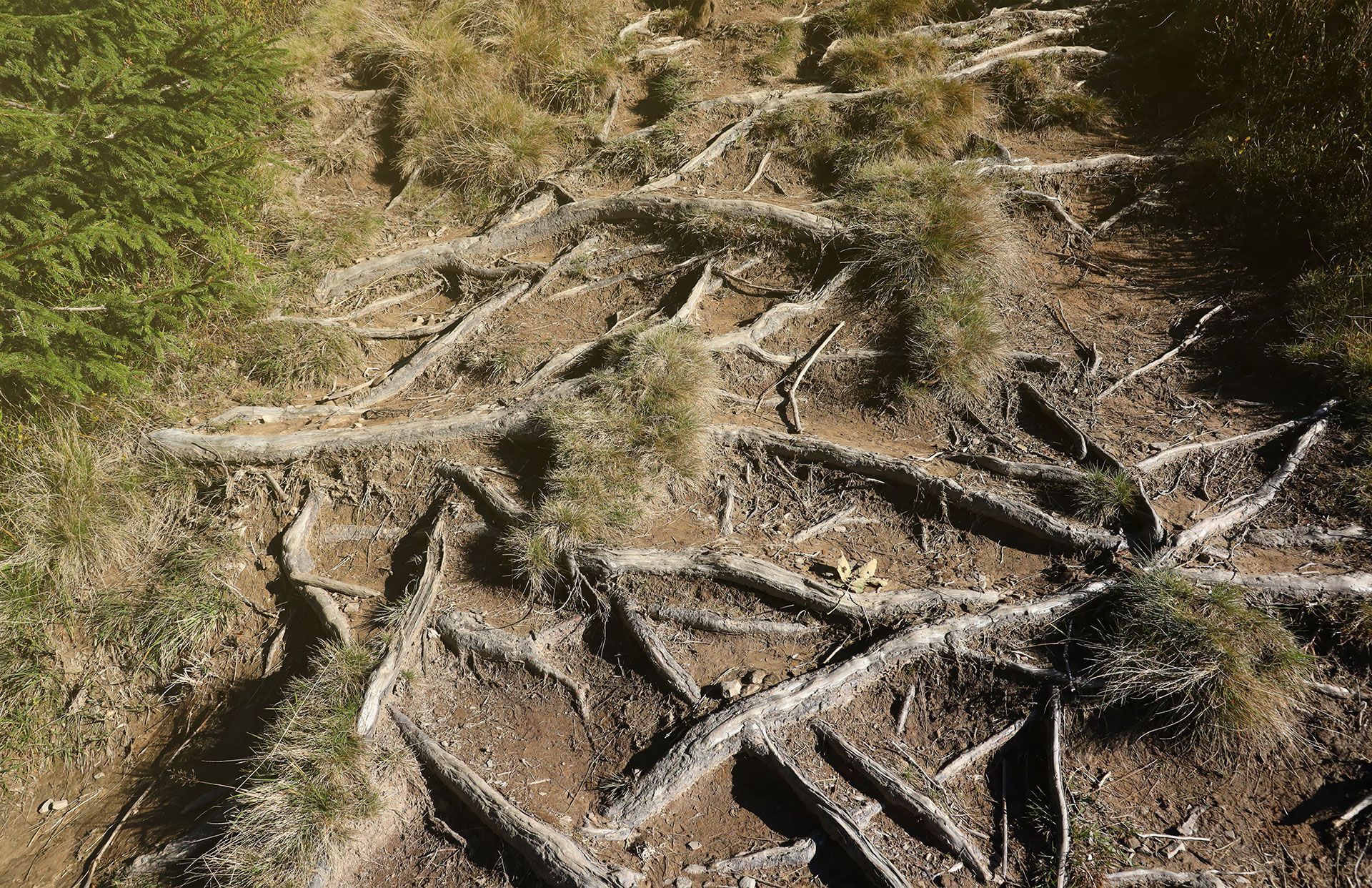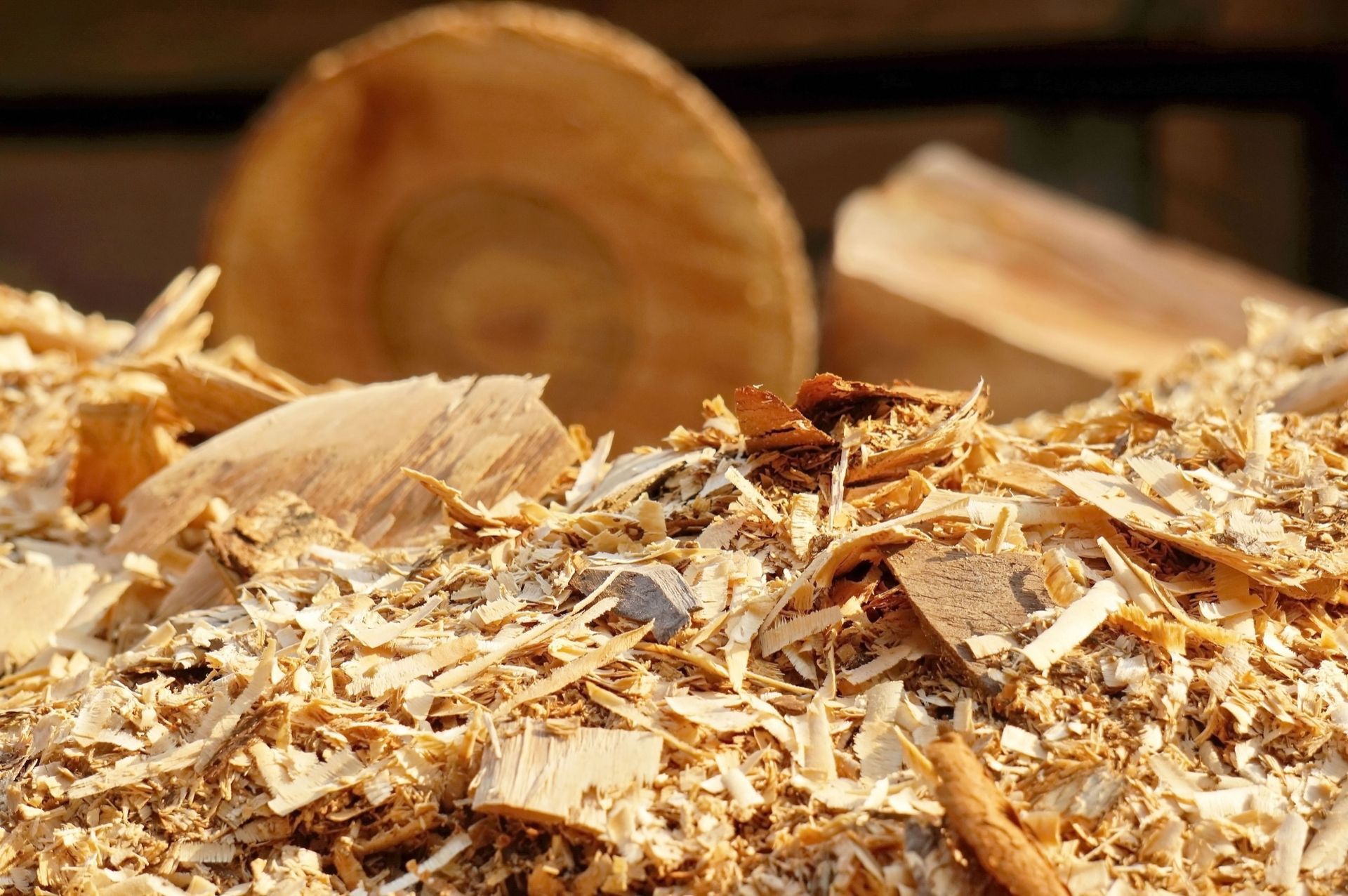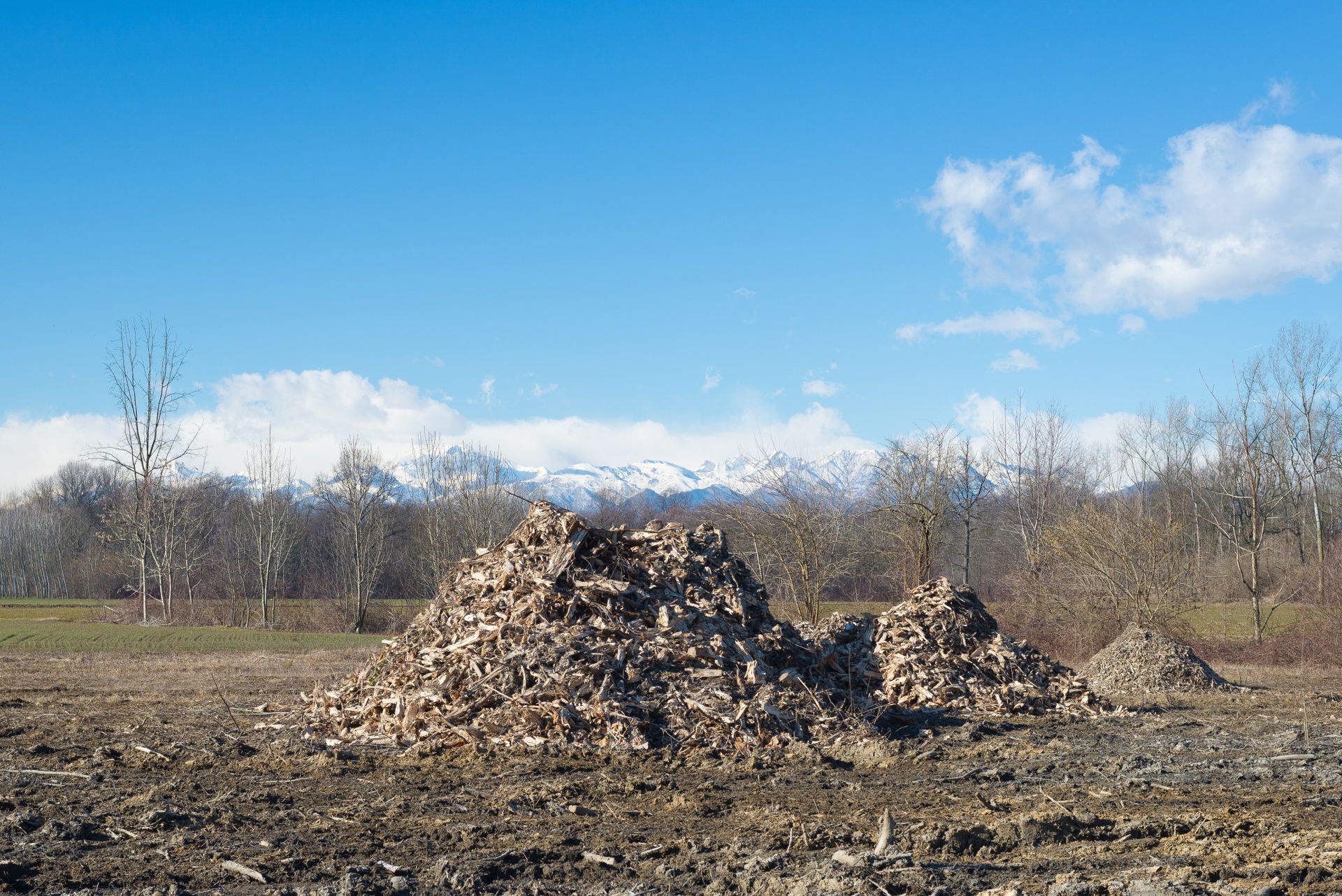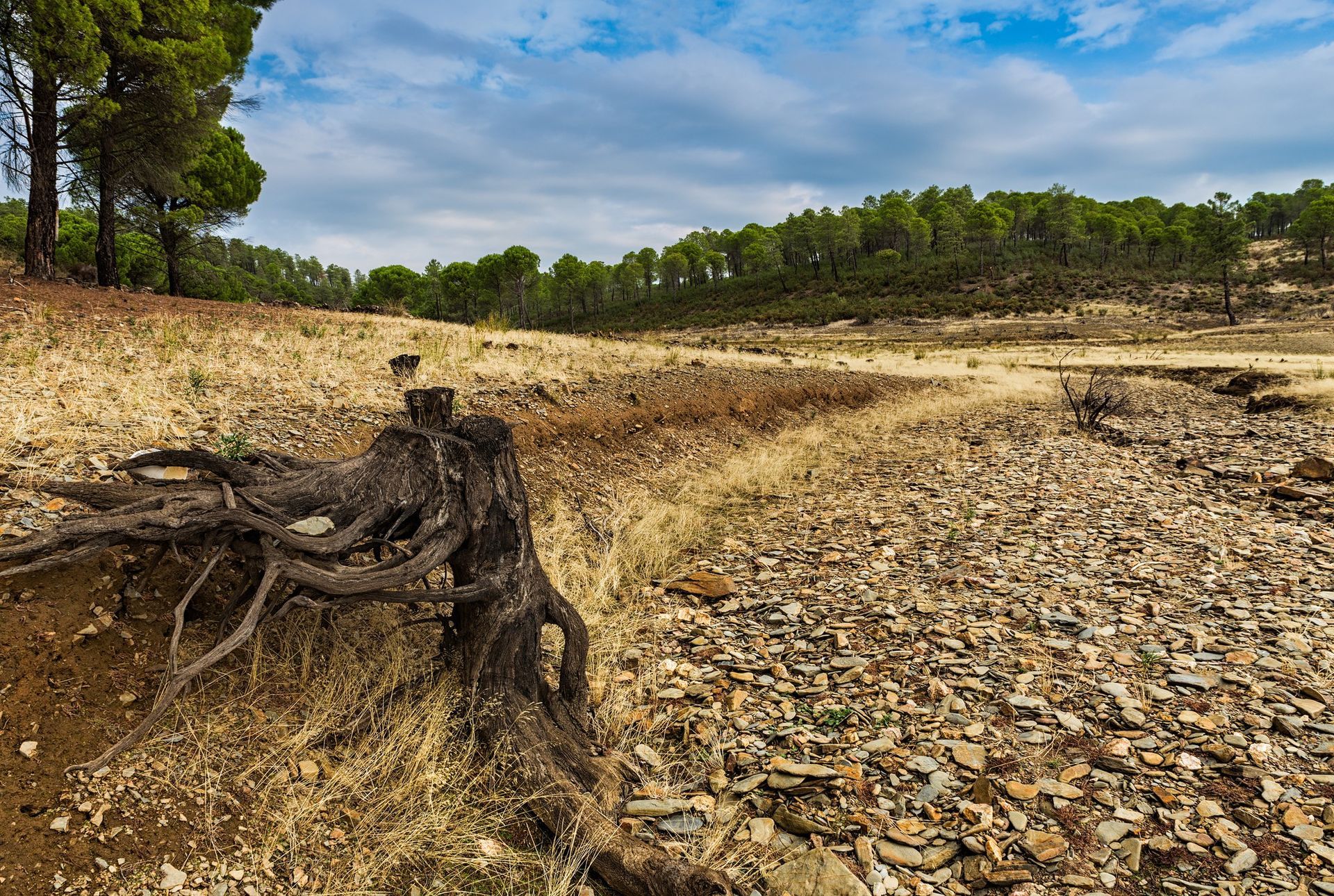Stump Grinding Company Comparison: Which One Is Right for You?
Are you facing the dilemma of choosing the right stump grinding company? Well, you're not alone. Stump grinding is a crucial step in maintaining the beauty and safety of your property. Whether you have a pesky stump in your backyard or you're a professional landscaper looking for reliable services, selecting the perfect stump grinding company is essential. In this guide, we will simplify the process for you, making sure you find the ideal stump grinding company that suits your needs.
Understanding Stump Grinding
Understanding stump grinding is crucial before embarking on your journey to select the right stump grinding company for your needs. Stump grinding is the essential process of removing tree stumps from the ground after a tree has been cut down. This seemingly straightforward task holds significant importance. It not only enhances the aesthetics of your property by eliminating unsightly stumps but also prioritizes safety by eliminating tripping hazards and deterring pests. Additionally, stump grinding can free up valuable space on your property, providing room for new landscaping projects or enjoyable outdoor activities. So, before we delve into the comparisons of stump grinding companies, let's ensure we're well-acquainted with the fundamentals of this essential service.
Types of Stump Grinding Companies
When it comes to selecting a stump grinding company, it's essential to understand the different types available and their respective advantages and disadvantages. Below, we'll delve into the various types of companies you might encounter during your search:
Local Stump Grinding Companies
Local stump grinding companies are typically smaller, often family-owned businesses or independent contractors that focus on serving a specific geographic area, such as a town or city. Here's what you should know:
Advantages:
- Personalized Service: Local companies tend to prioritize customer relationships, offering a more personalized experience. You're more likely to interact directly with the owner or key personnel, fostering a sense of trust and accountability.
- Quick Response: Being local means they can often respond to your needs more promptly, especially for emergency situations or last-minute jobs.
- Community Support: By choosing a local company, you're contributing to the economic well-being of your community, as your money stays within the local economy.
Considerations:
- Limited Resources: Local companies may have limited resources in terms of equipment and personnel, which can impact their ability to handle larger or more complex jobs.
- Varied Quality: Quality can vary among local companies, so it's essential to research and assess their reputation and customer reviews thoroughly.
National Chains
National chain stump grinding companies are larger, well-established organizations that operate in multiple regions, often on a national scale. Here's what to expect:
Advantages:
- Consistency: Chains typically maintain consistent quality standards across their various locations. You can expect a certain level of service uniformity.
- Wider Resources: They may have access to more advanced equipment and technology, enabling them to handle a wide range of jobs efficiently.
- Brand Recognition: National chains often have strong brand recognition, which can instill trust and confidence in their services.
Considerations:
- Less Personalized: Due to their size, national chains may offer a less personalized experience compared to local companies. You might have less direct interaction with decision-makers.
- Potentially Higher Costs: Their established brand and resources may come with higher pricing compared to local or independent options.
- Varied Quality: Just like local companies, the quality of service can vary among different branches of a national chain, so researching customer feedback is crucial.
Independent Contractors
Independent contractors are self-employed individuals who offer stump grinding services. Here's what you should keep in mind when considering this option:
Advantages:
- Flexible Pricing: Independent contractors may offer competitive pricing because they have fewer overhead costs compared to larger companies.
- Direct Communication: When you hire an independent contractor, you'll deal directly with the person performing the work. This can enhance communication and ensure your specific requirements are met.
- Varied Expertise: Contractors might have varying levels of expertise and equipment quality, allowing you to select one that aligns with your project's scope and budget.
Considerations:
- Varying Quality: The quality of work can vary widely among independent contractors, so it's crucial to thoroughly vet their qualifications, experience, and customer references.
- Limited Resources: Independent contractors may have limited resources and equipment options, which could impact their ability to tackle large or complex stump grinding jobs.
- Lack of Formal Structure: As self-employed individuals, contractors might have less formalized business processes, so be clear about expectations and timelines.
Understanding the different types of stump grinding companies will help you make a more informed decision based on your specific needs, budget, and preferences. Each type has its unique advantages, and by considering these factors, you can select the most suitable option for your stump removal project.
Factors to Consider
When choosing a stump grinding company, there are several critical factors you should consider. These factors will serve as the basis for your evaluation and comparison of potential service providers:
1. Reputation and Reviews
Reputation is often a reliable indicator of a company's performance and reliability. Start by researching the company's online presence and reputation within your community. Look for online reviews on platforms like Google, Yelp, or Angie's List for customer feedback and ratings. Pay attention to recurring themes in the reviews, both positive and negative. A reputable stump grinding company will have a track record of delivering quality service, punctuality, and professionalism, supported by multiple positive reviews and endorsements.
2. Licensing and Insurance
One of the most critical factors to verify is the licensing and insurance status of the company. Operating without the necessary permits or insurance can lead to potential legal and financial liabilities for you as a homeowner. Check if the company holds the required licenses to operate in your area, typically issued by state or local authorities, and ensure they carry adequate liability insurance and workers' compensation coverage. This protects you in case of accidents, property damage, or injuries during the stump grinding process. Always ask for proof of insurance and licensing before hiring a stump grinding company. Reputable companies will willingly provide these documents.
3. Equipment and Technology
The equipment and technology a company uses can significantly impact the quality and efficiency of their work. Inquire about the tools and machinery they employ for stump grinding. Companies with up-to-date, well-maintained stump grinders are more likely to deliver efficient and precise results. Ask about safety protocols and equipment maintenance routines, as a company that prioritizes safety reduces the risk of accidents on your property. A company with advanced equipment is better equipped to handle different stump sizes and ground conditions, ensuring a smoother and more effective stump grinding process.
4. Cost and Pricing Models
While cost is an important factor, it shouldn't be the sole determinant of your choice. Instead, consider the overall pricing model offered by each company. Look for companies that provide clear and transparent quotes, including a breakdown of costs, such as labor, equipment, and any additional services. Compare the quotes you receive from different companies and be cautious of exceptionally low prices, as they may indicate subpar quality or hidden fees. Remember that while saving money is essential, compromising on quality can lead to unsatisfactory results and potentially higher costs down the road.
5. Customer Service and Communication
Effective customer service and clear communication are essential throughout the stump grinding process. Gauge the company's responsiveness when you initially reach out to them. Do they promptly return calls or respond to emails? Ensure that all communication is clear and transparent, including discussing the scope of work, timelines, and any potential issues that may arise. A stump grinding company that values customer satisfaction will go the extra mile to address your concerns and questions. Good communication with the company ensures that the job proceeds smoothly, and you're informed at every step of the process.
By considering these comprehensive factors when evaluating potential stump grinding companies, you'll be well-equipped to make an informed and confident decision that aligns with your specific needs and priorities.
Researching and Comparing Companies
Now that we've covered the key factors to consider, let's discuss how you can research and compare stump grinding companies effectively.
- Compile a List: Start by making a list of potential companies in your area. You can ask for recommendations from friends and neighbors or use online directories.
- Gather Information: Research each company's background, including their reputation, licensing, and insurance. Look for customer reviews on websites and social media platforms.
- Request Quotes: Contact the companies on your list and request quotes for your specific job. Be sure to provide all necessary details to get accurate estimates.
- Compare Quotes and Information: Once you have quotes and information from multiple companies, compare them based on the factors mentioned earlier.
Case Studies or Examples
To help you understand how to apply these factors in real scenarios, let's consider a few hypothetical situations:
Scenario 1: The Prudent Homeowner
Sarah, a homeowner with a single tree stump in her backyard, values personal service and is willing to pay a bit more for it. She decides to hire a local stump grinding company known for its excellent customer relationships and reliability.
Scenario 2: The Budget-Conscious Landscaper
John, a professional landscaper looking to clear several stumps from a client's property, needs cost-effective services. He chooses an independent contractor with competitive pricing and a proven track record of quality work.
Scenario 3: The Property Manager
Lisa, a property manager responsible for maintaining a rental property, opts for a national chain. Their brand recognition and consistency align with the property's professional image, providing peace of mind to both her and the tenants.
Making Your Decision
After researching and comparing different stump grinding companies, you're now equipped to make an informed decision. Remember to:
- Prioritize your specific needs and preferences.
- Review all the information you've gathered.
- Reach out to your chosen company for further inquiries and to schedule the service.
By following these steps, you'll be on your way to selecting the right stump grinding company that suits your unique requirements.
Conclusion
In the world of stump grinding, finding the perfect stump grinding company doesn't have to be a daunting task. With the right knowledge and a systematic approach, you can make an informed decision that enhances the beauty and safety of your property. Consider your needs, research thoroughly, and prioritize factors like reputation, licensing, equipment, pricing, and communication.
One standout option for stump grinding services in Columbia Falls, MT, is
Big Mountain Tree Service. They have earned a reputation for their exceptional service quality and commitment to customer satisfaction. You can reach them at
406-261-2042 to discuss your stump grinding needs. Big Mountain Tree Service combines extensive experience with state-of-the-art equipment to ensure efficient and effective stump removal, contributing to the aesthetic appeal and safety of your property.
For further assistance in your quest to find the ideal stump grinding company, you can explore online directories, read customer reviews on websites, and seek recommendations from your local community. Don't hesitate to leave comments or questions below if you need more guidance on this topic. Your satisfaction is our priority!
